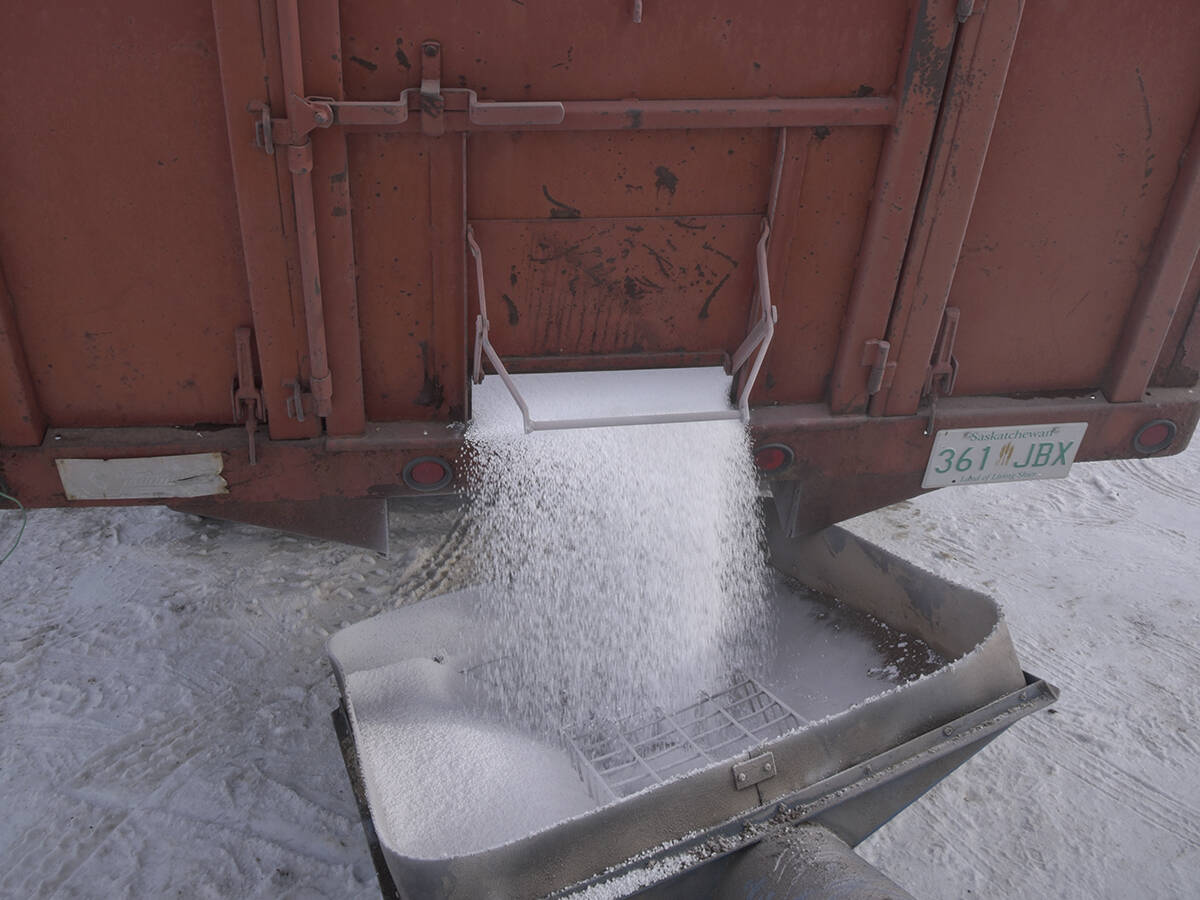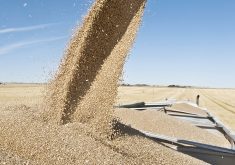America has finally eaten through its meat mountain and that means livestock producers’ income should be more tasty this year, say market analysts.
And the reoccurrence of Russian controls on imports of poultry and other meats shouldn’t sour the situation.
“We’ve had huge amounts of meat on the market, but that’s ending,” said University of Missouri market analyst Ron Plain.
Overall meat production will fall 1.5 percent this year, the United States Department of Agriculture forecasts. Combined with a population increase, that will probably mean there will be about two percent less meat per capita available in the U.S.
Read Also

Urea prices heading higher: analyst
A fertilizer market analyst thinks urea prices have bottomed out and are heading higher through the first quarter of 2026.
Last year, U.S. consumers set a record for per capita meat consumption due to low supermarket prices.
“We consumed it because it was there and perishable, so prices were pushed down until it was attractive enough for us to eat it,” said Plain.
In 2002, large numbers of hogs and cattle came to market and collided with a glut of poultry. That pushed prices down.
Some of the U.S. poultry was supposed to be exported to Russia, but that country shut its border to U.S. poultry imports for months. Inventories in North America grew, retailers dropped their prices in an attempt to spur demand, and packers dropped the prices they offered farmers because they had no trouble finding slaughter animals.
The U.S. pig herd is shrinking this year as part of its normal four-year cycle, and the poultry flock shrunk last year in response to the Russian restrictions.
Russia announced recently that it is placing a ceiling on its poultry, pork and beef imports.
But Manitoba Agriculture market analyst Janet Honey said this quota won’t hurt as much as the ban on American poultry last year, partly because the American flock is smaller this year.
The one-month ban last year related only to the U.S. and was focused on concerns about salmonella and antibiotics in feed. Shipments slowly resumed after high-level talks between the two countries led to new testing measures in the U.S.
The new Russian meat quotas are designed to protect Russian livestock producers from rapidly growing meat imports and to pressure the European Union, which is planning quotas on wheat imports from Russia.
This year’s Russian poultry import ceiling will be set at 1.05 million tonnes, which is more than the U.S. exported to the country in 2002.
In 2001, it imported 1.4 million tonnes of poultry. It is unclear how much of that quota would be given to North American meat and how much to European product.
The Russian plan also caps beef and pork imports, which would be bad news for western European pork exporters such as Denmark.
That could mean Canadian and American pork exporters will face increased European competition in other world markets.















